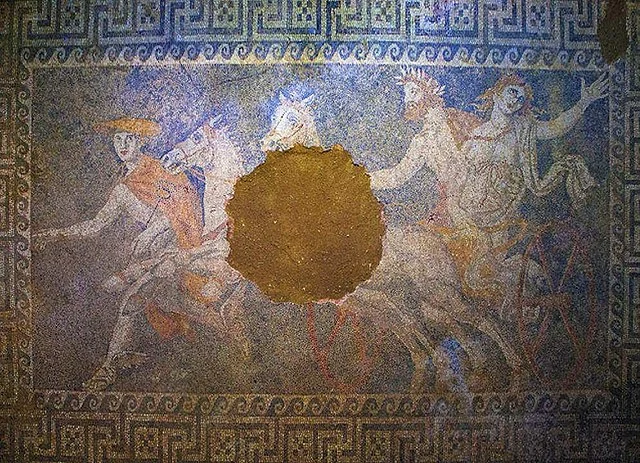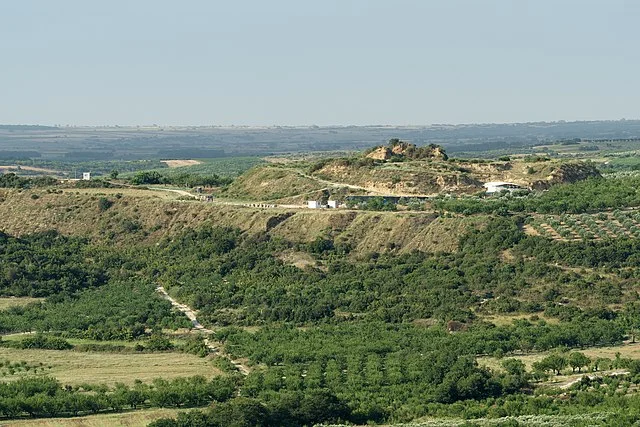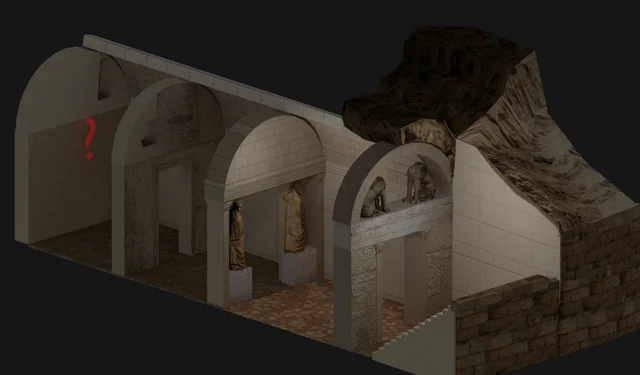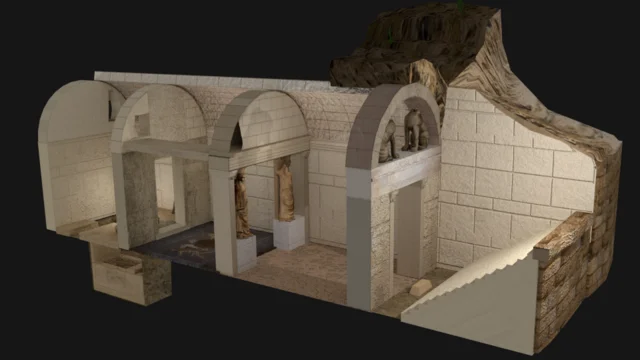The Amphipolis Tomb, also known as the Kasta Tomb, is an ancient Macedonian burial site discovered near Amphipolis in northern Greece. Constructed in the late 4th century BC, this monumental tomb is one of the most significant archaeological finds in recent years due to its elaborate structure, intricate artwork, and potential historical connections to prominent figures of the era.
Get your dose of History via Email
Discovery and Excavation

The Amphipolis Tomb was first excavated in 2012 by a team led by Greek archaeologist Katerina Peristeri. Located in the region of ancient Macedonia, near the Strymon River, the tomb’s impressive size and artistry quickly attracted global attention. The tomb, estimated to be around 500 meters in circumference, is the largest burial structure discovered in Greece. Early speculation linked it to the family or associates of Alexander the Great, increasing its historical importance.
Structure of the Tomb

The tomb is divided into multiple chambers, each showcasing unique architectural and artistic elements. A prominent feature is the marble enclosure wall, known as the peribolos, which is approximately 3 meters tall and encompasses the entire tomb. The entrance is marked by two large marble sphinxes, a symbol of guardianship, situated on either side of the doorway.
Once inside, archaeologists found two caryatids, or female statues, designed in a traditional Macedonian style. These statues serve both decorative and symbolic purposes, standing guard over the inner chambers. The floors are adorned with elaborate mosaics, including a notable depiction of Persephone’s abduction by Hades. This mythological scene holds symbolic significance, representing themes of death and the afterlife commonly seen in Macedonian art.
Historical Significance and Theories

The Amphipolis Tomb dates back to the late 4th century BC, around the time of Alexander the Great’s reign. This timeframe led to theories that the tomb could belong to a member of Alexander’s family or one of his closest generals. However, no definitive evidence has linked the tomb to any specific individual.
Artifacts and skeletal remains discovered within the tomb suggest that it was used for multiple burials. The identification of these remains is ongoing, but some historians believe they may belong to members of the Macedonian royal family or high-ranking officials. Despite the absence of inscriptions, the scale and grandeur of the tomb indicate that it was intended for individuals of considerable importance.
Architectural Style and Symbolism
The Amphipolis Tomb reflects elements of Macedonian funerary architecture, marked by grandiosity and symbolism. The use of sphinxes and caryatids as guardians draws on Greek and Macedonian burial traditions, emphasizing protection for the deceased. The presence of the Persephone mosaic links the tomb to beliefs about the afterlife, as Persephone’s myth embodies themes of death, resurrection, and eternal rest.
The meticulous construction, from the tomb’s structural design to the detailed sculptures, highlights the craftsmanship typical of late Classical and early Hellenistic art. These elements underscore the status of those interred, illustrating the fusion of power and artistry in Macedonian funerary practices.
Conclusion
The Amphipolis Tomb stands as a remarkable testament to ancient Macedonian culture and its approach to death and the afterlife. While the identities of those buried within remain uncertain, the tomb’s monumental design and rich symbolism point to its occupants’ high social status. As research continues, further insights may emerge, shedding light on this enigmatic structure and its role in the history of Macedonia.
Source:

